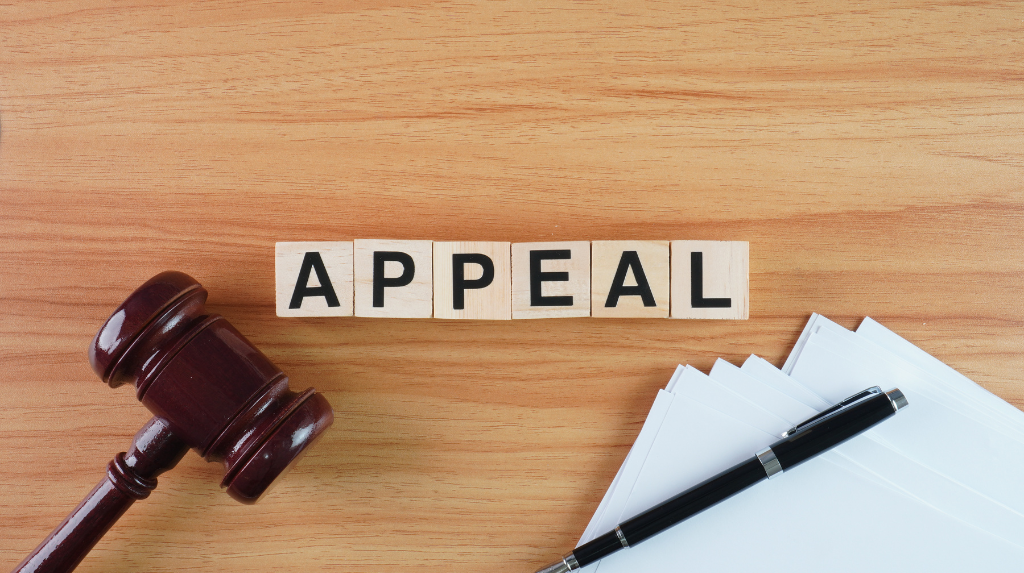Election Day registration (EDR) allows eligible voters to register and vote on the same day at their polling place. It’s an accessible option for those who may have missed registration deadlines, moved recently, or prefer the convenience of voting last minute.
What Is Election Day Registration?
With EDR, you can register to vote on Election Day itself. Unlike states with early registration deadlines, EDR lets anyone who’s eligible and has the proper documentation register and vote at their local polling place. EDR removes registration barriers, helping more people participate.
States That Offer Election Day Registration
As of 2024, 21 states and Washington, D.C. allow Election Day registration:
- California
- Colorado
- Connecticut
- Hawaii
- Idaho
- Illinois
- Iowa
- Maine
- Maryland
- Michigan
- Minnesota
- Montana
- Nevada
- New Hampshire
- Rhode Island
- Utah
- Vermont
- Virginia
- Washington
- Wisconsin
- Wyoming
Each state has specific rules, so check your local election office’s website for details on ID and residency requirements.
How to Register on Election Day
To register and vote on Election Day, bring:
- Proof of residency: Examples include a recent utility bill, lease agreement, or government document with your address.
- Valid photo ID: While ID requirements differ, a driver’s license or state ID generally works.
At your polling place, election officials will guide you through the process. In some cases, you may need to sign an affidavit to confirm your residency and eligibility. After registering, you’ll receive your ballot and can cast your vote.
Why Election Day Registration Matters
EDR makes voting accessible by allowing those who couldn’t register earlier to participate. States with EDR often see higher voter turnout since it removes registration deadlines and increases flexibility for those with busy or unpredictable schedules.
Key Points to Remember
- Check your state’s requirements: EDR rules vary, so confirm your state’s specifics.
- Bring the right documents: Proof of residency and photo ID are typically required.
- Prepare for possible lines: EDR is popular, so there may be wait times on Election Day.
Election Day registration makes voting more inclusive, ensuring that everyone has an opportunity to have their voice heard. For more information on EDR in your state, visit your local election office’s website.
Benefits of Same-Day Voter Registration
Same-Day Voter Registration (SDR) allows eligible voters to register and cast their ballots on the same day, typically during early voting periods or on Election Day. This system has several notable benefits:
Improved Voter Turnout Rates
SDR is linked to significantly higher voter turnout. States that implement SDR often see participation rates increase by 7 to 12 percentage points compared to those without it. This is particularly beneficial for younger voters, who are less likely to plan for registration. Research indicates that SDR can boost turnout among voters aged 18-24 by 3% to 7%.
Inclusion of Marginalized Communities
SDR helps ensure that marginalized groups, including low-income individuals, young voters, and people of color, can participate in elections. These populations often face barriers in traditional registration processes, such as moving frequently or lacking access to registration resources. By allowing registration on the same day as voting, SDR reduces these obstacles and promotes inclusivity.
Flexibility for Voters Who Missed the Registration Deadline
Many voters do not realize registration deadlines until they are imminent. SDR eliminates arbitrary cut-off dates that can disenfranchise eligible citizens who become engaged shortly before an election. This flexibility allows individuals who may have missed earlier deadlines to still participate in the electoral process.
Challenges of Same-Day Voter Registration
Despite its benefits, SDR also faces several challenges:
Logistical Concerns
Implementing SDR requires efficient systems for verifying voter eligibility quickly at polling places. Election officials must be equipped to handle increased foot traffic and ensure that registrations are processed accurately and swiftly, which can strain resources.
Potential for Voter Fraud
Concerns about voter fraud often arise with SDR, although evidence suggests that such incidents are exceedingly rare. Studies indicate that the risk of fraud associated with same-day registration is minimal and does not justify restricting this voting method. Education about the security measures in place can help debunk myths surrounding voter fraud.
The strain on Election Officials
The implementation of SDR can place additional burdens on election officials who must manage both registration and voting processes simultaneously. This can lead to longer wait times and logistical challenges if not adequately planned for.
How to Use Same-Day Voter Registration
For voters interested in utilizing SDR, here is a step-by-step guide:
- Check Eligibility: Confirm that you are eligible to vote in your state. Generally, you must be a U.S. citizen, a resident of the state where you intend to vote, and at least 18 years old by Election Day.
- Gather Required Documents: Most states require valid identification and proof of residency. Common documents include:
- State-issued ID or driver’s license
- Utility bill
- Bank statement
- Government document with your name and address
- Find Your Polling Place: Locate where you need to go to register and vote on the same day. This information can usually be found on your state’s election office website.
- Register and Vote: Go to your polling place during early voting or on Election Day, present your documents, complete the registration form, and cast your ballot.
- Be Aware of Deadlines: While SDR allows for same-day registration, some states may have specific hours or additional requirements during early voting periods. It’s crucial to check local regulations well ahead of time.
State-Specific Deadlines
As of January 2025, states like California, Colorado, and Wisconsin offer SDR options during early voting and on Election Day. However, each state has different rules regarding documentation and deadlines; therefore, checking with local election offices is essential for accurate information.
How Law and Visas Can Help?
At Law and Visas, our team of expert immigration consultants is here to make your travel to the US straightforward and successful. Whether you’re applying for a Spouse Visa, Green Card, Visitor Visa, or Study Visa, we handle every step from preparing your application to gathering the required documents.
Our immigration Consultants and Lawyers ensure that your application meets the highest standards, with no details missed. We’ll also keep you informed throughout the process and coordinate with the immigration office or embassy on your behalf.
Law and Visas has a strong record of helping clients secure the visas/permits they need in the US. Call us today at +234 812 5505 986 to learn how we can assist you.




